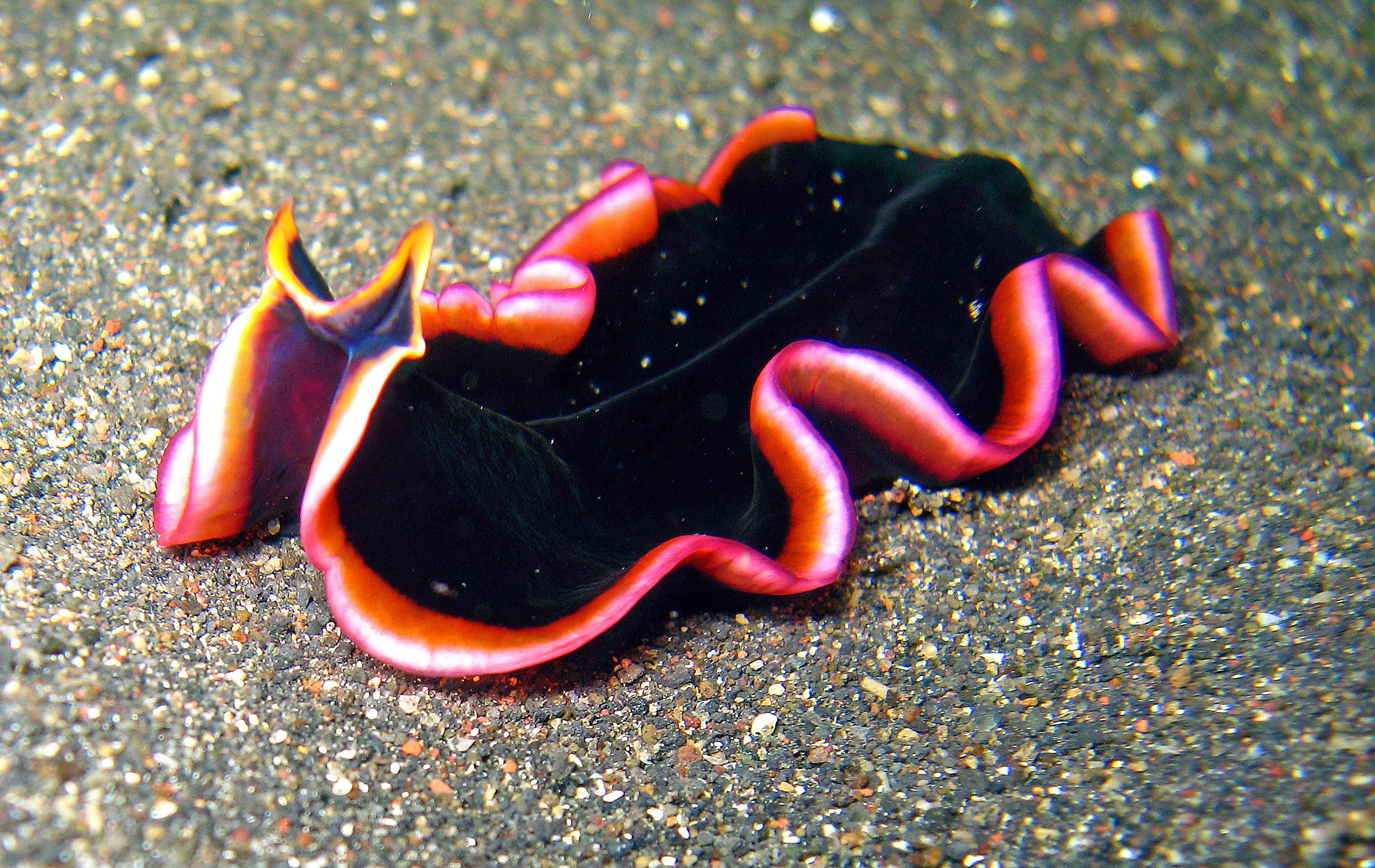Years back, hermaphrodite animals looked like a few outcasts on the list of animals but today we have discovered a whole lot of them and we keep finding a lot more. We have learned that these species have a purpose for being hermaphrodites and they have either an advantage or reason for being one. About 1/3 of the non-insect animal species are hermaphrodites. Still, you or I do not see them often because the animals we are familiar with, like birds, dogs, and other mammals, aren't hermaphrodites.
flickr Simply put, animals with both sex cells are hermaphrodites. You will see that I did not mention animals with both sex organs because it is the sex cells that determine the reproduction of these animals and the organ moreover some could start with one cell or organ before opting for the other or both. Sequential hermaphrodites are a type of hermaphrodites that start life with one type of sex and then grow to change to the other type of sex later. But not all hermaphrodites are sequential hermaphrodites, there are also simultaneous hermaphrodites, and as the name implies, they have both sex cells and organs at the same time. There is a high chance you associate hermaphrodism with simultaneous than sequential.
Missing out on snails and slugs in the list of hermaphrodites will be funny as they are the world's most popular hermaphrodites. For snails, both animals mate with one another and produce eggs but in the case where there isn’t another mate, some species can fertilize themselves to reproduce offspring. Another hermaphrodite animal is the earthworm. I knew earthworm was an hermaphrodite since I was a kid but they are not the only ones. Flatworms are also hermaphrodites and most of them line themselves in the tail to fertilize themselves. While some flatworms love this process of getting one another pregnant, some like Pseudobiceros hancockanus do not want to have the sperm of the other so they remove it in a process known as penis fencing thereby allowing the flatworm without penis to get stabbed by the one with the penis.


I didn’t mention fish as non-hermaphrodites because they are the only vertebrates with over 15 genera that are simultaneous hermaphrodites. The geometric eel is an example of fishes that are simultaneous hermaphrodites. For fishes, species that are hermaphrodites tend to live very deep in the water or other regions where it can be difficult to find a mate. While the process of hermaphrodism looks cool, it is energetically very expensive and so the body would prefer to have one sex if there is food and mate readily available as this is metabolically cheap.
Away from simultaneous hermaphrodites are sequential hermaphrodites that transition from one sex to another in the journey of their life and one famous one is the Clownfish, the fish in the popular animation Nemo. With the clown fish, the biggest male turns into a female and another member of the colony remains male but the next biggest male becomes the breeding male. When the female dies, the breeding male becomes the female. Some other animals start as females and then become males as they grow older like the Brass fish which includes the black sea bass and bluehead wrasse. Over 500 fish species are known to be hermaphrodites and research shows that they evolved independently. Other animals like common frogs are also sequential hermaphrodites and they change from males to females. In all, one animal that was thought to be hermaphrodite but isn't is the Hyena. Because of the pseudo penis in females, they were all thought to have both male and female genital but we have come to learn that that is not it.
Reference


